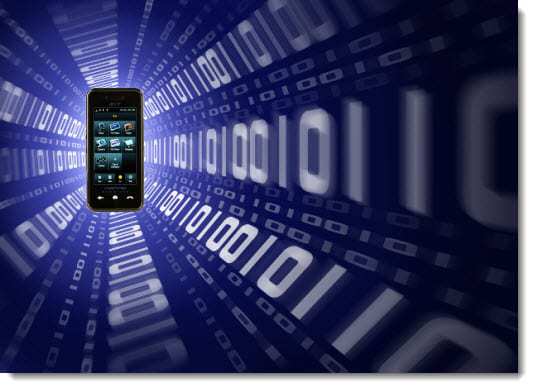The company has launched a new DNA-secured form of the quick response barcode.
Applied DNA Sciences, Inc. has just unveiled its brand new style of QR codes, through a new security tool called digitalDNA.
This product is meant to broaden mobile communication flexibility by providing access to instant, cloud-based data that is secure through the complete uniqueness of DNA, to make authentication quick, easy, and definitive while it also offers the opportunity to develop an entirely new and exciting customer interface.
digitalDNA use a botanical DNA marker sequence combined with encryption inside secure QR codes for forensic authentication which is physically included in the code’s printing ink.
The pattern that results from this process, called a “rune” can be scanned using an iPhone that has an Apple-approved app, so that its originality can be assured. These scans can occur at any point along the supply chain and can occur a limitless number of times.
Once the scan is performed, it wirelessly connects with a secure database which is stored within a secure, private cloud. The results of the analysis are then sent back to the device and are displayed on its screen. Tunable algorithms receive the tracking information, and then use its recognition to automatically pinpoint the risks in the supply chain for product diversion or the chance of counterfeits.
The DNA marker is also associated with rapid-reading reporters in the ink to stop the digital copying of the QR codes.
The botanically derived DNA markers are uncopyable and are incorporated into each of the barcodes from digitalDNA. They provide such accuracy that they can serve as legal forensic backstop in cases where proof is required for absolute originality. In order for it to be considered original, the ink’s DNA forensic authentication must match the sequences and the length polymorphism located within the decrypted code from digitalDNA
By using this technology, companies are able to avoid many of the risks associated with non-secure QR codes, such as phishing scams, as authentication is provided, as well as time-stamping and geolocation throughout its entire supply chain. Consumers can also take part in the authentication due to the fact that it is used on an iPhone platform.


